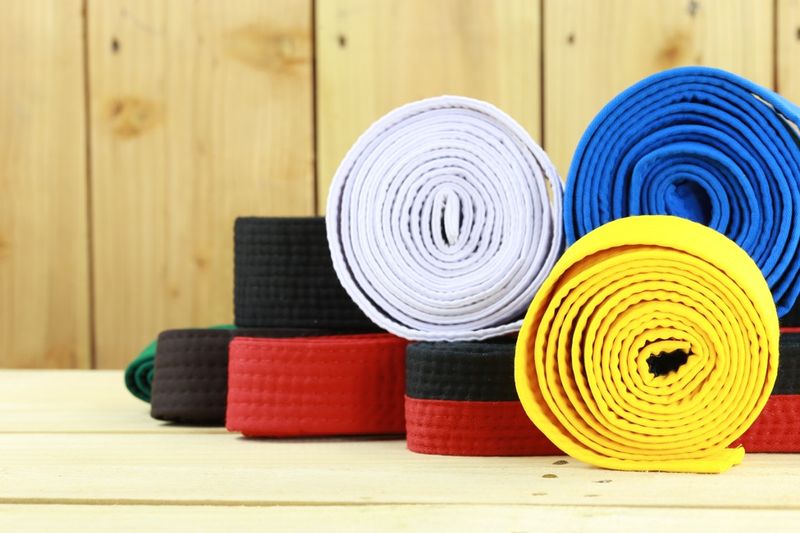Martial Arts can have many meanings. Let’s take a look at some of these aspects. Do you know what each means? Continue reading if not! We will explore internal and external martial arts, and how each one impacts your life. If you do, you’ll be well on your way to being a better Martial Artist. We’ll also talk about the importance and necessity of self-protection within a martial arts class.
Internal
The most important element in martial arts is their inner meaning. Internal styles emphasize inner strength and power of the practitioner, rather than the outward displays of force. A martial artist who concentrates on the inner meaning of the art is more effective than one who trains for it. This is because an interior style requires patience as well as subtlety that is often lacking when practicing an external martial art. Here are some important points to remember when practicing an internal art.
An internal martial art can improve the practitioner’s overall well-being. Traditional Chinese medicine, like acupuncture, is the inspiration behind the concepts of internal martial art. Practitioners are required to relax during training. This involves meditation. Internal martial arts are not limited to one type of style, though. These concepts can be applied to almost any style. All martial artists will find the internal martial arts beneficial, regardless of whether they’re Xing Yi or Taijiquan.
External
Although they have many different styles, internal and external styles all emphasize the same thing: Mind/body unity. Taoists discovered that a relaxed body, controlled by a calm mind, created a holistic entity. Internal arts students focus on teaching their nervous system how to control the body and not the other way around. Internal martial artists don’t focus on improving physical strength and endurance. Instead, they aim to balance the nervous-hormonal systems to develop inner power.
Traditional external styles include Karate, Taekwondo, Judo, and Ju Jitsu. Kick Boxing, Mixed Martial Arts and Muay Thai are some of the less popular styles. External styles place a greater emphasis on speed and muscle power, while internal styles incorporate soft, more subtle training at a later stage. Most forms of martial arts are therefore classified as external. But what does that really mean?
Self-defense
The laws governing self defense may be different than those governing martial art. Although a martial artist may not be qualified to teach all the details of self-defense, a competent instructor should be able explain what is permissible under law. You should also consider how you may use the techniques in an actual attack. This could be learning how to defend against multiple attackers or how you can protect yourself if your opponent uses weaponry. Martial arts instructors can teach you how to use these skills in a real situation.
The various fighting traditions each have merits and drawbacks. Some may be more effective than others in real fights, but most are just a McDojo or outdated philosophy. You may use martial arts to defend yourself against violence in dangerous situations. These styles can include kicks, strikes and other techniques but they are not always effective for everyday use.
Peaceful
Peaceful martial art focuses on mental and bodily fitness. It is a great option for anyone looking for happiness and health improvement. Martial arts can teach you valuable life lessons like how to manage anger, self-control, and how to control your anger. This type training will also improve your school performance. It can also help you to build healthy relationships among your peers. Visit a peace-focused martial art school in your local area for more information. Learn more about the peace-promoting benefits of martial arts.
Many martial arts masters are pacifists, but the word ‘peaceful’ does not always conjure up images of a peaceful practitioner. Although martial arts can be violent, this type of training emphasizes self-control, meditation and self-discipline. Peaceful martial art teaches people how to manage their emotions, avoid confrontation, and build inner power. It can be a great way to improve your life and prevent conflict in your life.

